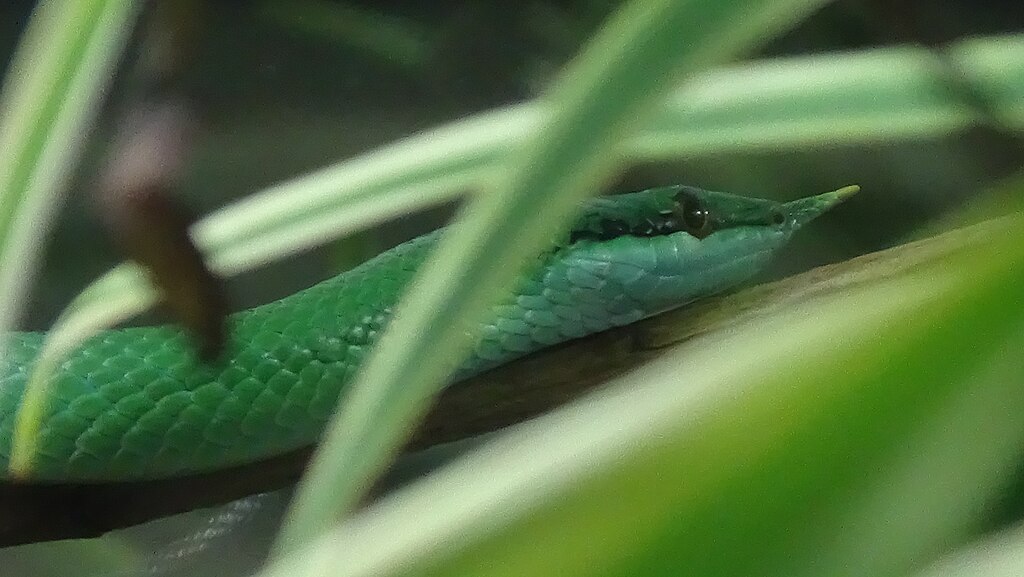When we think of affectionate pets, dogs wagging their tails or cats purring in our laps typically come to mind. Snakes, with their unblinking stares and limbless bodies, seem to exist in an entirely different emotional realm. Yet snake owners often report meaningful interactions with their serpentine companions that suggest a form of bonding or recognition. While snakes don’t express affection in ways we easily recognize, they do exhibit behaviors that indicate comfort, trust, and even preference for their caretakers. Understanding these subtle cues requires us to step outside our mammalian perspective and appreciate reptilian behavior on its own terms.
Understanding Snake Psychology
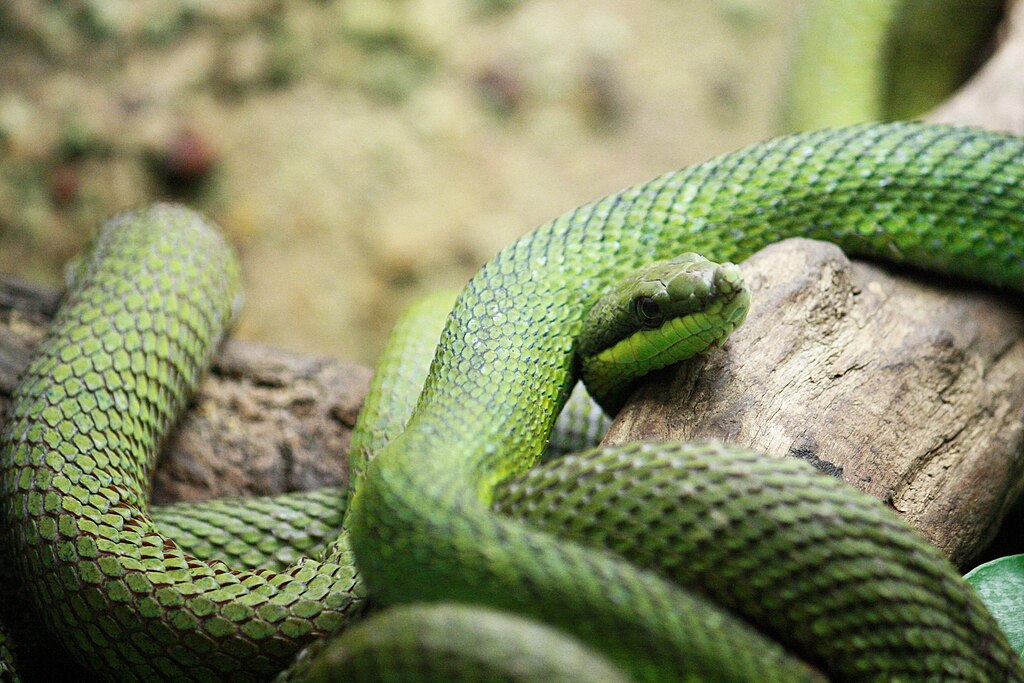
Snakes possess a different neurological structure than mammals, lacking the neocortex that processes complex emotions in humans and other mammals. Their brains are primarily focused on survival functions rather than social bonding. This fundamental difference means snakes don’t experience “love” or “affection” as we understand these concepts. However, this doesn’t mean snakes are emotionless robots—they do experience basic emotions like fear, curiosity, and contentment. Their cognitive abilities allow them to recognize patterns, learn from experiences, and form associations between certain people and positive outcomes like food, warmth, and safety. Understanding this different psychological framework is essential when interpreting snake behavior as a form of connection.
Seeking Body Heat

Snakes are ectothermic (cold-blooded) creatures that rely on external heat sources to regulate their body temperature. When a snake consistently approaches you or seems eager to be handled, it may be attracted to your body heat rather than expressing affection in the traditional sense. However, this heat-seeking behavior can still indicate a level of trust. A snake that willingly drapes itself across your shoulders or coils around your arm is demonstrating it feels secure enough to use you as a heat source. Over time, they may associate your specific scent and presence with this comfortable warmth, creating a positive association that resembles a bond. Many snake owners interpret this willing physical contact as the reptilian equivalent of cuddles.
Relaxed Body Language
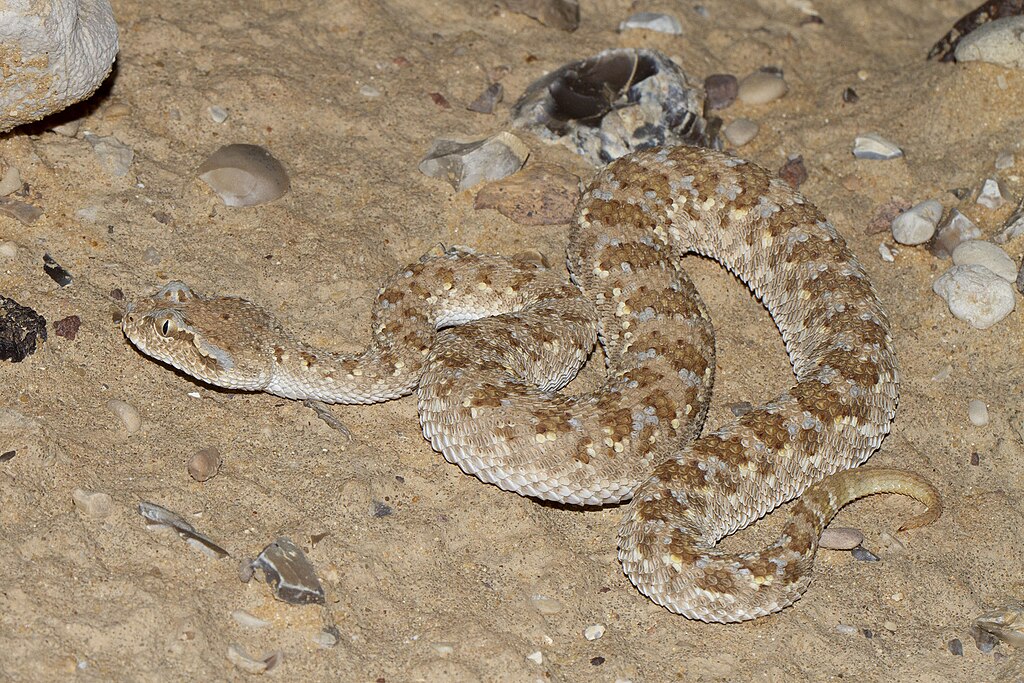
One of the clearest indicators that a snake feels comfortable with you is relaxed body language during handling. A content snake will have smooth, fluid movements without rapid jerking or tightening. Their muscles will feel supple rather than tense, and they’ll explore their environment with gentle, curious movements. This relaxed state is significant because snakes, as prey animals in many ecosystems, are naturally vigilant and defensive. When a snake shows no defensive postures—like coiling tightly, raising its head in an S-shape, or hissing—it’s demonstrating a remarkable level of trust. Some snake species will even remain completely still while being handled, seemingly enjoying the interaction with their human caretaker.
Recognition of Their Owners
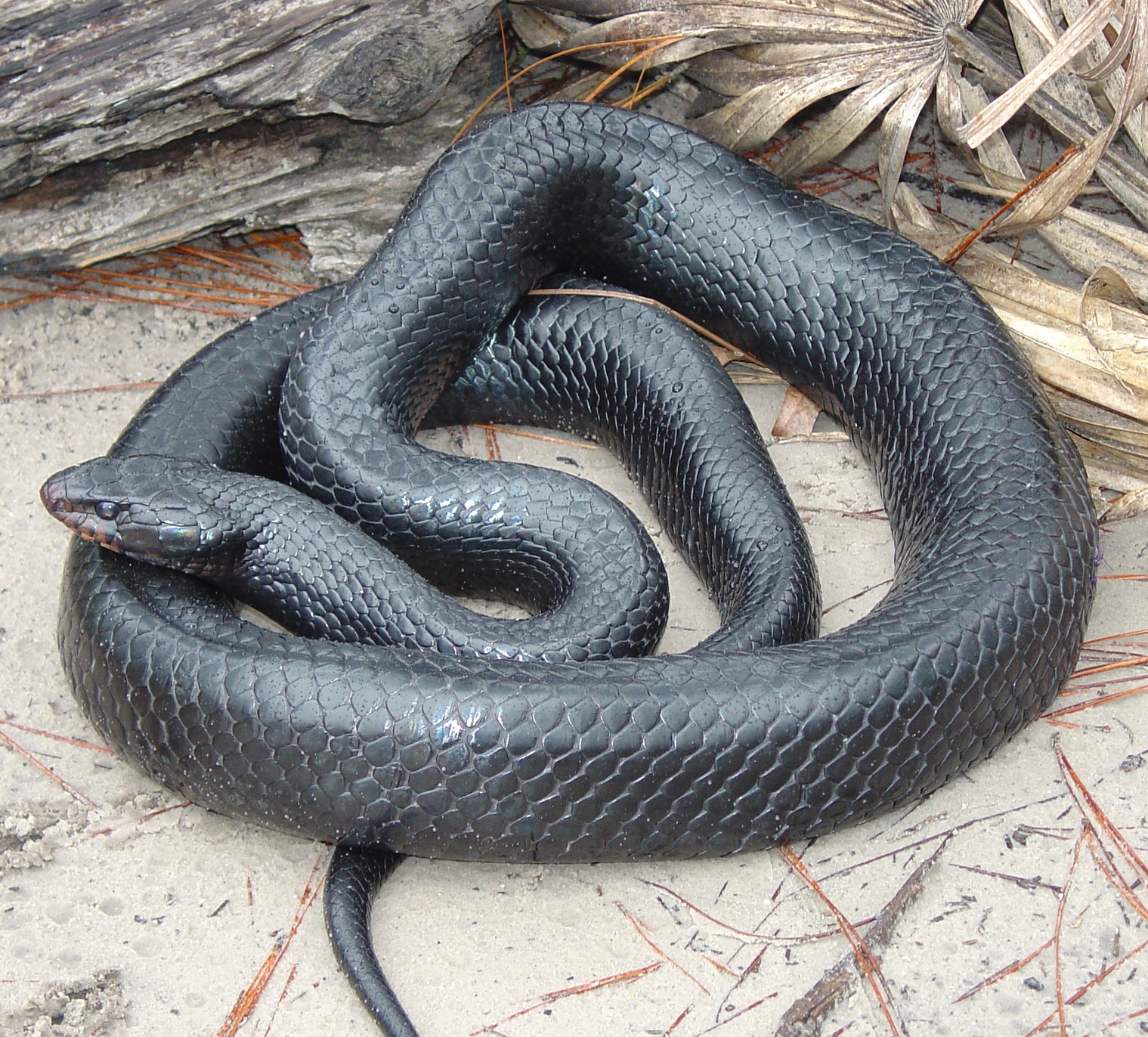
Contrary to popular belief, snakes can recognize their regular handlers through a combination of visual cues, scent, and behavioral patterns. Studies have shown that some snake species can distinguish between familiar and unfamiliar humans. This recognition may manifest as different behaviors when their regular caretaker approaches versus strangers. For instance, a snake might become more active in its enclosure when it sees its owner, anticipating handling or feeding time. Some owners report their snakes will voluntarily approach them at the front of the enclosure but retreat when strangers are present. This selective response suggests snakes can form specific associations with their caretakers that go beyond simple conditioning.
Seeking Familiar Scents
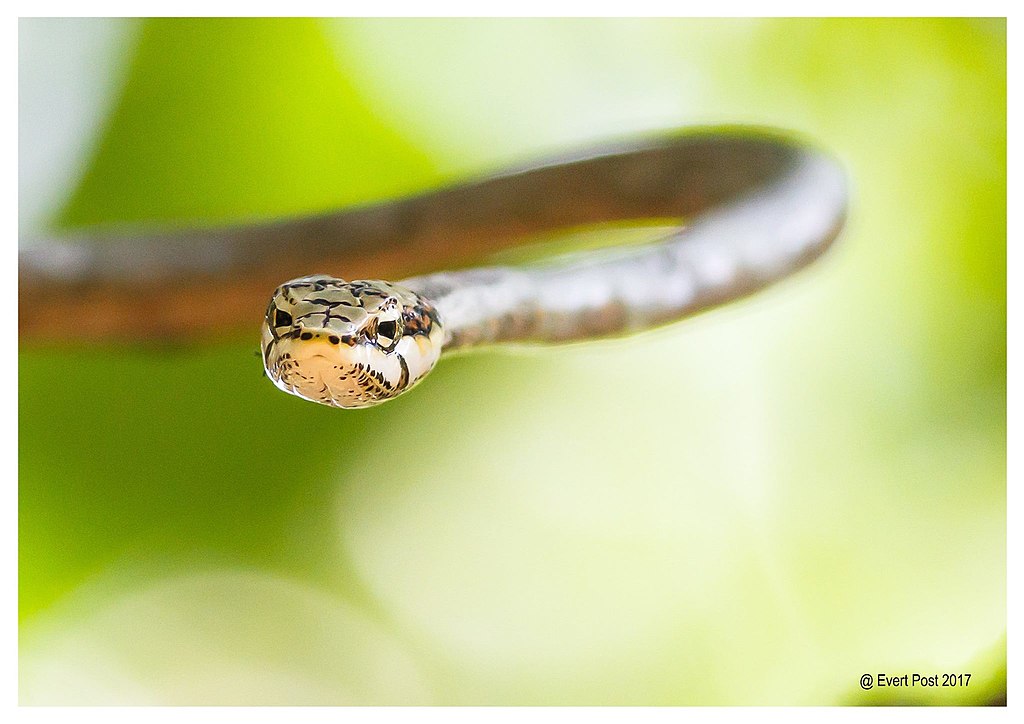
Snakes have a highly developed sense of smell, using both their nostrils and their specialized Jacobson’s organ (vomeronasal organ) to detect and process scents. This sophisticated olfactory system helps them identify individuals through their unique scent profiles. Snake owners often observe their pets showing a preference for items that carry their scent. A snake might choose to rest on a shirt you’ve worn or show increased comfort when transferred to an enclosure that contains familiar-smelling bedding. Some snakes even appear to track their owners around a room using scent cues. This attraction to your personal scent indicates a form of recognition and comfort association that, while not affection in the mammalian sense, represents a meaningful connection in the snake’s world.
Reduced Defensive Behaviors
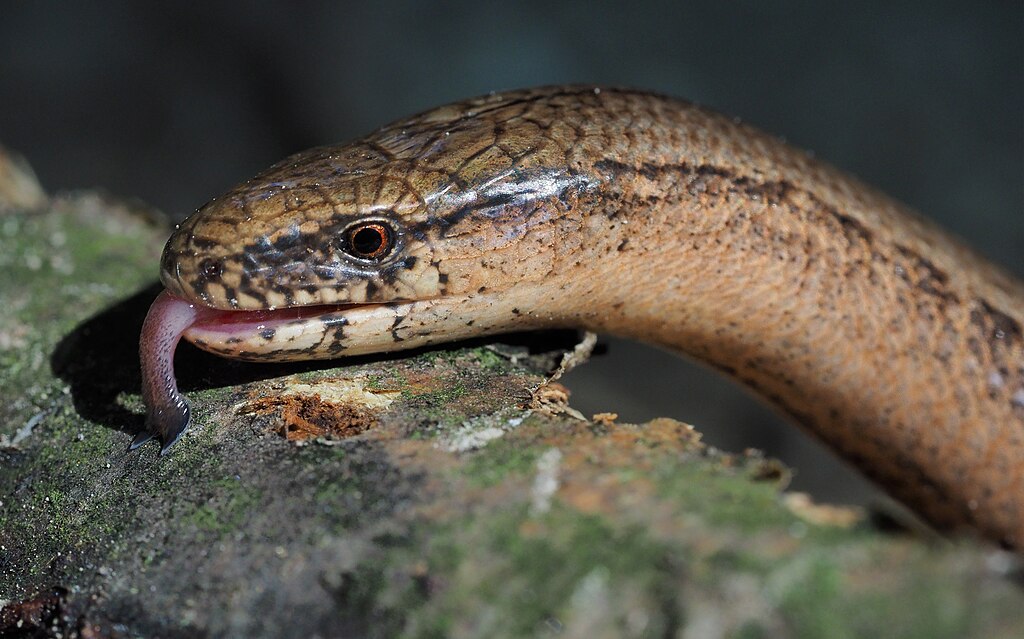
Wild snakes and those unaccustomed to handling typically display a range of defensive behaviors when approached or touched by humans. These can include hissing, puffing up their bodies, striking, or releasing musk—a foul-smelling substance designed to deter predators. When a snake consistently shows reduced or absent defensive responses to its owner, it’s demonstrating significant trust. This transition from viewing you as a potential threat to accepting your presence and touch represents a profound shift in the snake’s perception. Some snake species that are known for being defensive or high-strung, like certain kingsnakes or ball pythons with nervous temperaments, may eventually become completely calm with their regular handlers while still displaying caution around strangers.
Face Exploration Behavior
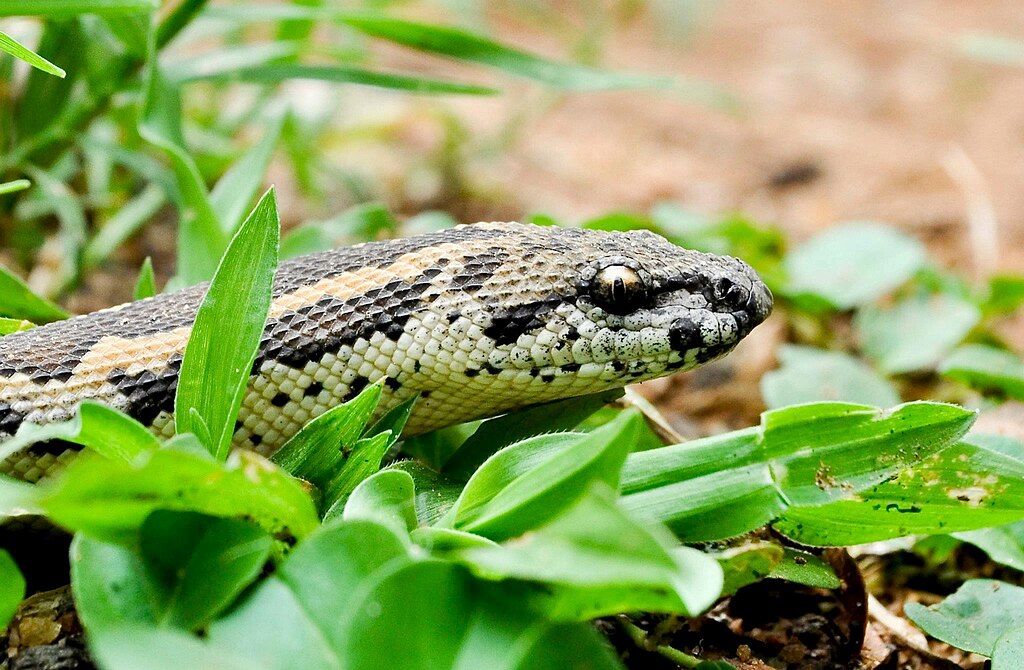
A particularly intimate behavior some snake owners report is their pet’s gentle exploration of their face. During handling sessions, a comfortable snake may extend its head toward the owner’s face, flicking its tongue to gather scent information. This behavior indicates both curiosity and a remarkable level of trust, as the snake is placing itself in a vulnerable position by approaching such sensitive areas. The snake is essentially trying to learn more about you through the most information-rich method it possesses—scent collection via tongue flicking. When a snake repeatedly engages in this face-exploration behavior without showing any signs of stress or defensiveness, it suggests a level of comfort that could be interpreted as the snake’s version of affection.
Consistent Feeding Response
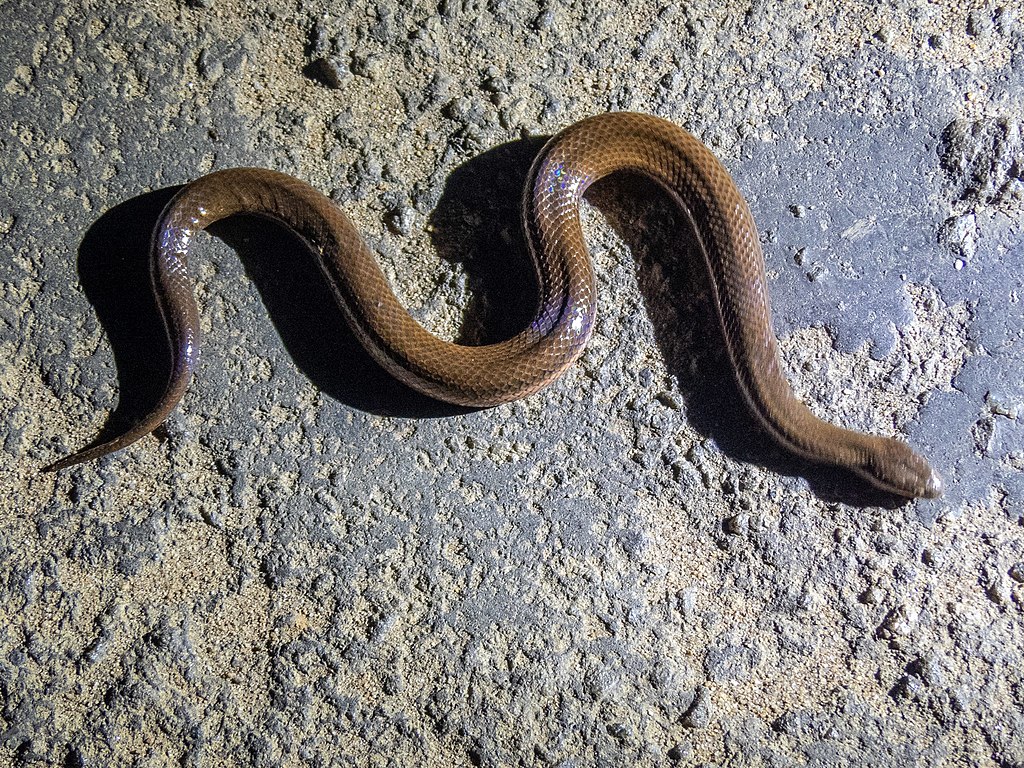
A snake that feels secure with its owner will typically display reliable feeding responses. While this might seem unrelated to affection, a willingness to eat in your presence indicates the snake doesn’t perceive you as a threat—a significant sign of trust in the reptile world. Some snakes even begin to associate their owners with feeding time, showing excitement when they see them approach. This positive association can manifest as increased activity, tongue flicking, or positioning themselves at the front of their enclosure. Though this behavior is primarily driven by the biological imperative for food, the trust required for a predator species to expose itself during this vulnerable moment represents a meaningful connection. Many experienced snake keepers can feed their pets by hand without triggering defensive responses, demonstrating profound mutual trust.
Seeking Out Interaction
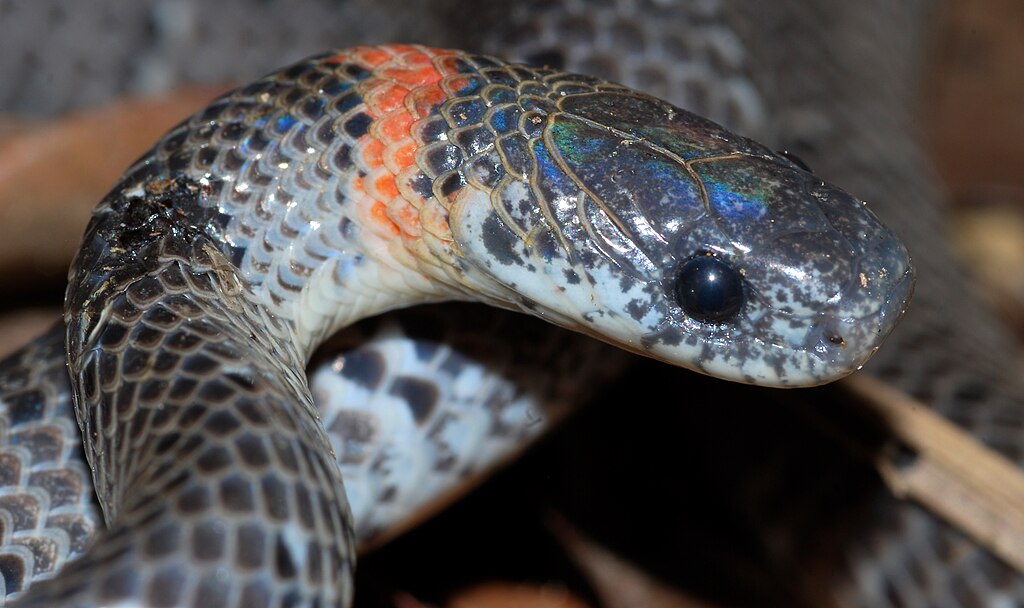
Perhaps the most compelling evidence of snake “affection” is when they appear to seek out interaction with their owners. Some snake owners report their pets will perch near the top of their enclosure when they enter the room or track their movements as they pass by. Others describe snakes that seem eager to be handled, moving toward their owner’s hand when the enclosure is opened rather than retreating. Ball pythons, in particular, are known for occasionally “periscoping”—raising their heads to observe their surroundings—when their favorite humans enter the room. While we should be careful not to anthropomorphize these behaviors, they do suggest the snake has positive associations with its owner that go beyond mere tolerance.
Selective Tolerance

Many snake owners observe that their pets show different levels of tolerance depending on who is handling them. A snake might remain calm and explorative with its primary caretaker but become tense or defensive when handled by someone unfamiliar. This selective tolerance suggests snakes can distinguish between individuals and have different comfort levels based on previous experiences. Some species, like corn snakes and ball pythons, are particularly known for this selective behavior. A snake that consistently shows greater comfort with its regular handler is demonstrating a form of preferential treatment that, while not love in the human sense, represents a meaningful reptilian bond. This selective response indicates that snakes form specific associations with individual humans rather than simply tolerating all human contact.
Long-Term Recognition
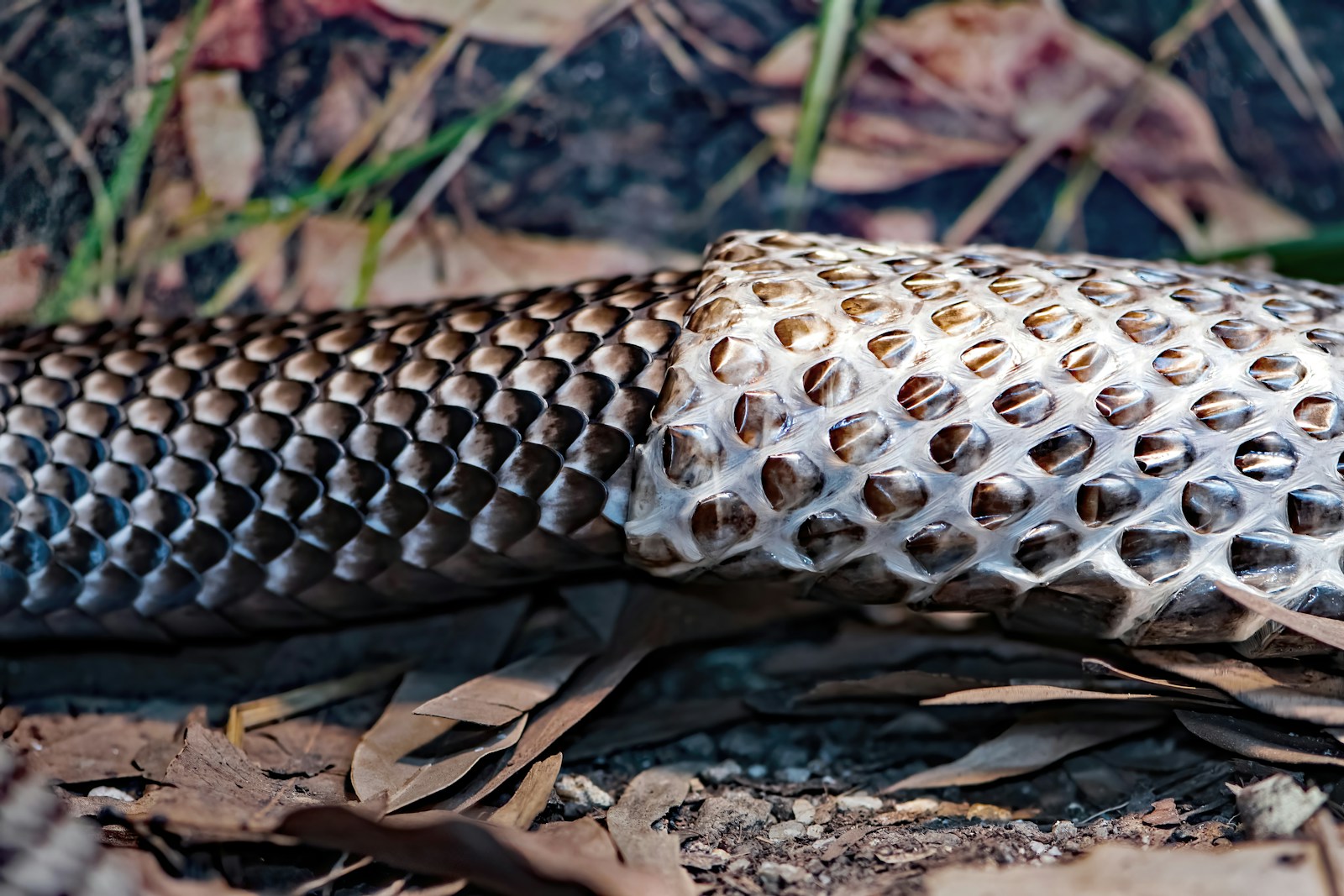
Perhaps most remarkable is snakes’ ability to maintain recognition of their handlers even after periods of separation. Owners who have temporarily boarded their snakes or been away for extended periods often report their pets respond to them with the same level of comfort upon reunion. This long-term memory suggests the formation of durable neural pathways associated with specific humans. One documented case involved a ball python that recognized its owner after a three-month separation, immediately showing the same relaxed body language it had displayed before the separation. This memory capacity indicates snakes form lasting associations that go beyond momentary conditioning, suggesting deeper cognitive processes at work in their relationship with humans.
The Role of Routine and Consistency
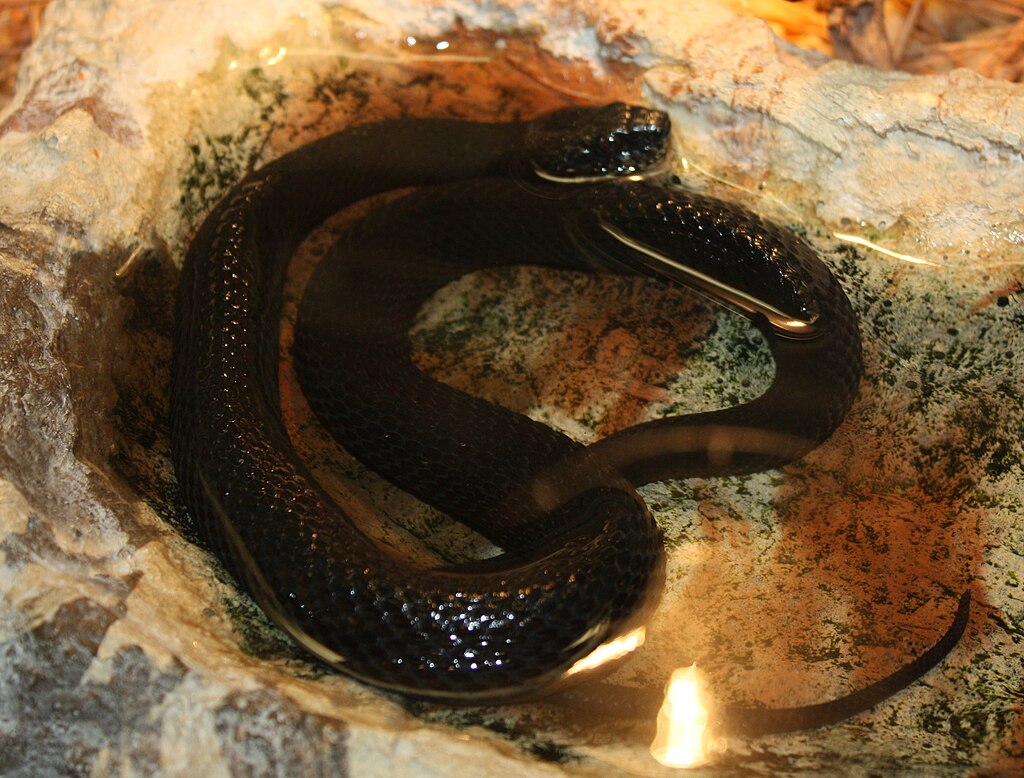
Snakes thrive on predictability and respond positively to consistent handling routines. When owners establish regular, gentle handling sessions, their snakes often become increasingly comfortable over time. This growing ease with human interaction isn’t necessarily affection, but it does represent a form of relationship building. Snakes learn through repeated positive experiences that their handler isn’t a threat, gradually adapting their behavior accordingly. The trust that develops through this consistent interaction can be seen when snakes begin to show anticipatory behaviors before handling sessions or when they transition from defensive postures to relaxed exploration during contact. Many experienced keepers recommend short, regular handling sessions to build this trust, creating a foundation for what might be the closest thing to affection a snake can express.
Respecting Reptilian Nature
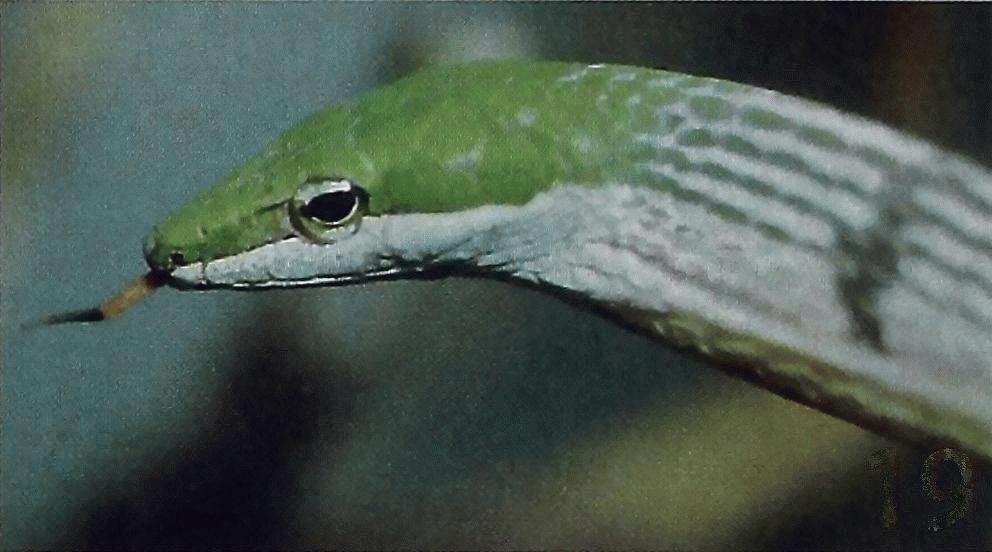
Understanding snake “affection” requires accepting and respecting their fundamentally different nature from mammals. While snakes can form positive associations with their caregivers, these relationships should be appreciated on reptilian terms rather than through a mammalian lens. Part of responsible snake ownership is recognizing when your pet is displaying stress signals—refusing food, defensive postures, excessive hiding—and adjusting your interaction accordingly. The most meaningful connection with a snake comes from respecting its natural behaviors and boundaries while creating an environment where it can feel secure enough to express curiosity and comfort. By acknowledging these species-specific expressions of trust, snake owners can develop deeply satisfying relationships with their scaly companions that, while different from those with dogs or cats, are no less special.
While snakes may not express affection through wagging tails or contented purring, they communicate trust and comfort in their own subtle ways. The relaxed body language, recognition behaviors, and willing proximity that develop between snakes and their dedicated caretakers represent meaningful connections unique to these ancient reptiles. By learning to interpret these subtle cues and respecting the fundamental nature of snakes, owners can develop relationships with their serpentine companions that transcend the traditional notion of pet-human bonds. Though different from mammalian affection, the trust a snake places in its human represents a special form of connection—one based on consistency, respect, and an appreciation for these remarkable creatures on their own evolutionary terms.

